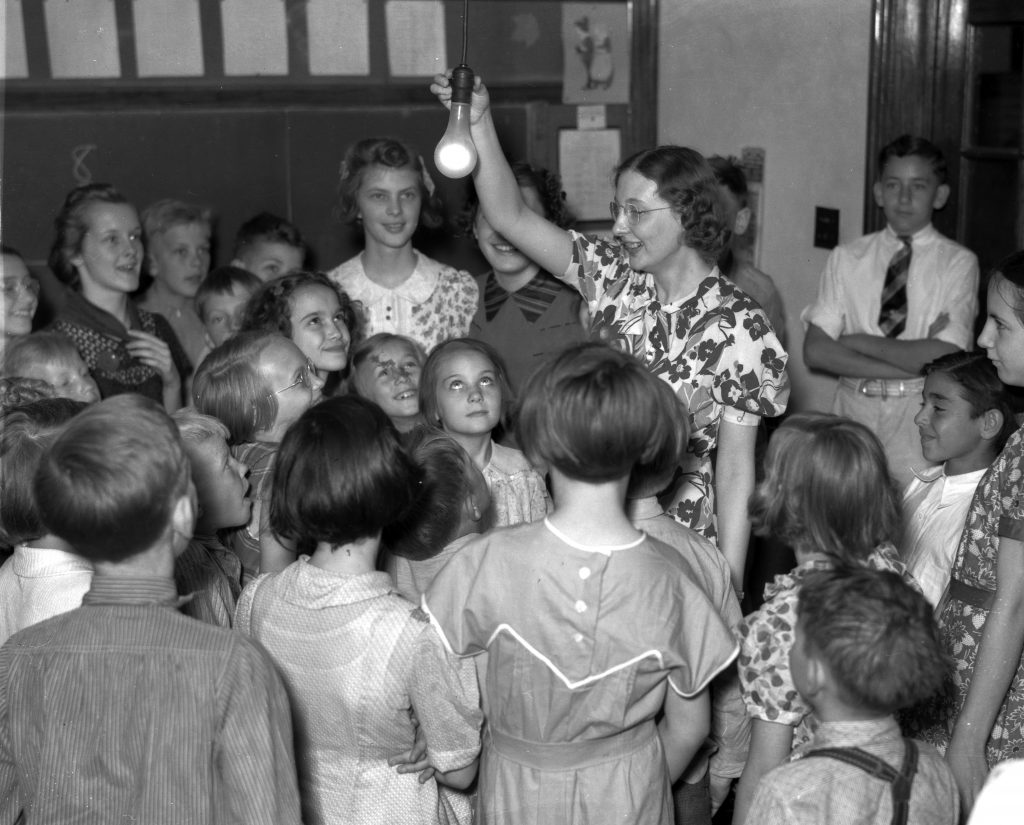For more information contact:
Sara Schafer
sschafer@amec.org
660-537-0587
by Caleb Jones | cjones@amec.coop
If you ever go out to the Jones Farm, you’ll see some of the finest corner posts in Moniteau County. While the rest of the fence may need a little work, those old hedge posts have stood the test of time. Around 25 years ago, my brother, Clayton, and I buried those posts deep and pretty straight – and they haven’t moved since. If I had to guess, my grandchildren will still be stringing barbed wire on them to keep the cows from straying.
Sometimes I wonder if my kids or grandkids will ever get the experience of digging corner posts on a 100-degree July day. Probably not. But it got me thinking about what else our parents, grandparents and even great-grandparents did to make our lives better.
When we bask in cool air or flip on a light switch, it’s easy to forget the dedication and sacrifice it took to enjoy these “luxuries.” I worry the current generation may be the first that doesn’t remember – or even hear stories – about those life-changing moments in America.
For most of us, electricity has always been a given. Flip a switch, and the room glows. Plug in a device, and it charges. But for those who came before us, bringing electricity to rural Missouri was anything but simple. Nearly 90 years ago, hard-working men and women drove miles of gravel roads, neighbor to neighbor, asking families to contribute $5 to join a soon-to-be-formed electric cooperative. That wasn’t just money – it was a leap of faith in an idea that would change their lives.
Electric cooperatives transformed rural communities. The cooperative model didn’t just bring power – it literally brought people together. That spirit of commitment and community still drives us today, and it’s what we celebrate this year with the International Year of Cooperatives.
Only because of those who came before us can our co-ops continue to bring new life to rural Missouri. No one back then could have imagined their $5 investment (about $115 in today’s dollars) would one day help expand broadband, create high-tech jobs and support economic growth. They just knew it was the first step in preserving rural Missouri.
The impact of electric cooperatives reaches beyond our borders. Since 2016, nearly 60 lineworkers from the Show-Me State have traveled to remote communities in places like Guatemala and Bolivia to help turn the lights on – just as their predecessors once did here.
So, the next time you’re driving with your kids or grandkids down a paved road lined with power lines, take a moment to talk about how they got there. Let’s make sure the next generation knows not just that the lights come on, but how and why they ever did.
-30-
Caleb Jones is the executive vice president and CEO of Missouri Electric Cooperatives. He is a member of Boone Electric Cooperative.
To download full image, right click and select Save image as


